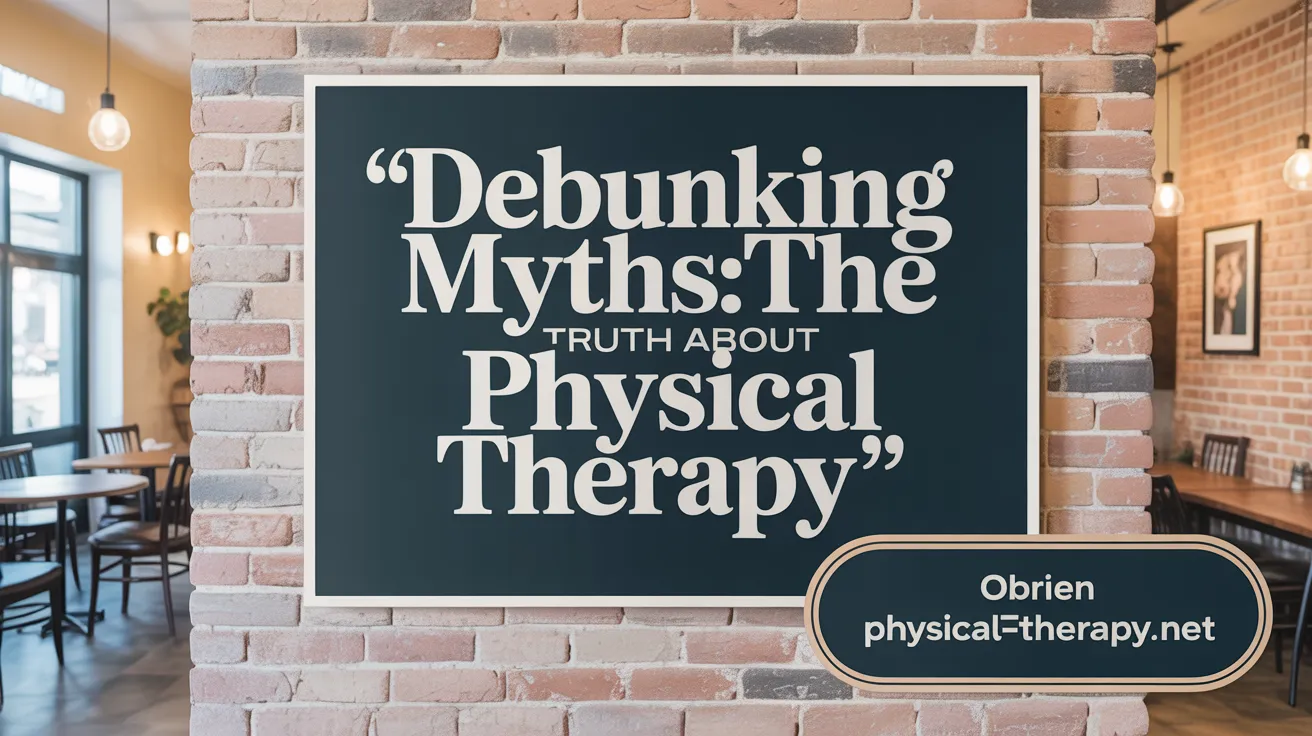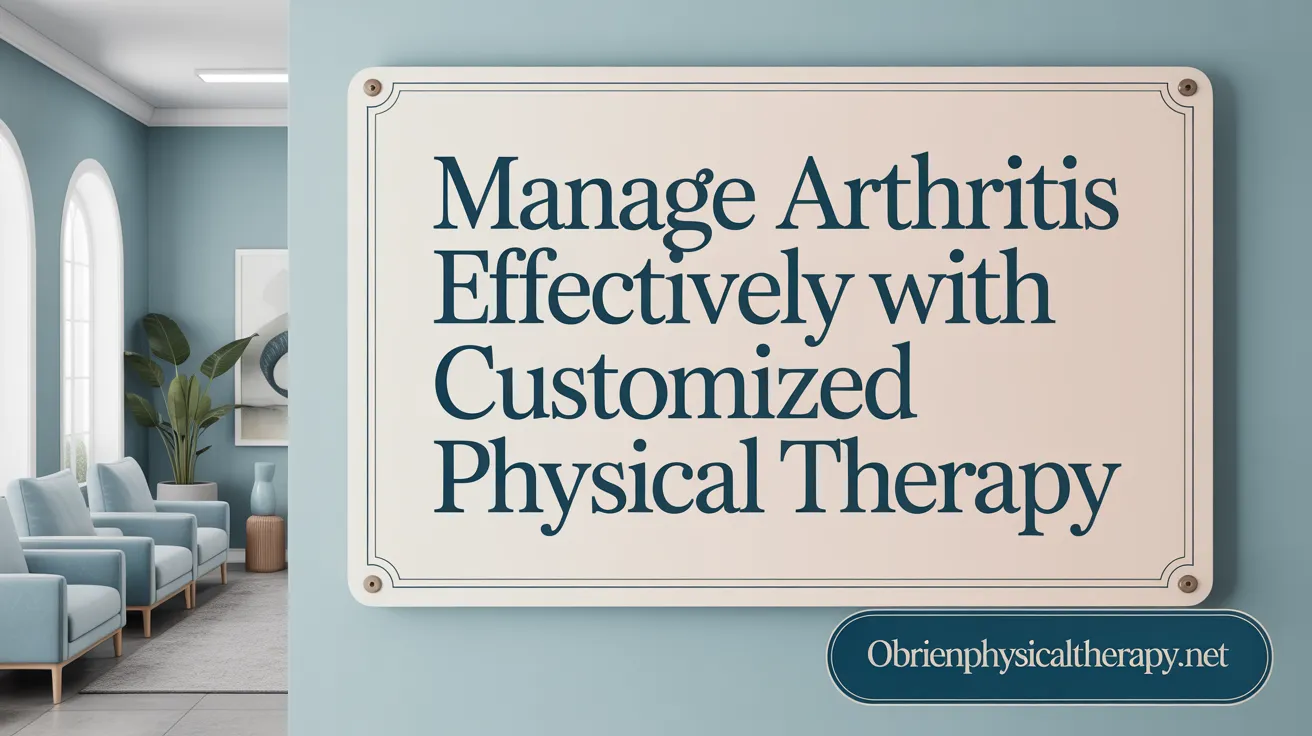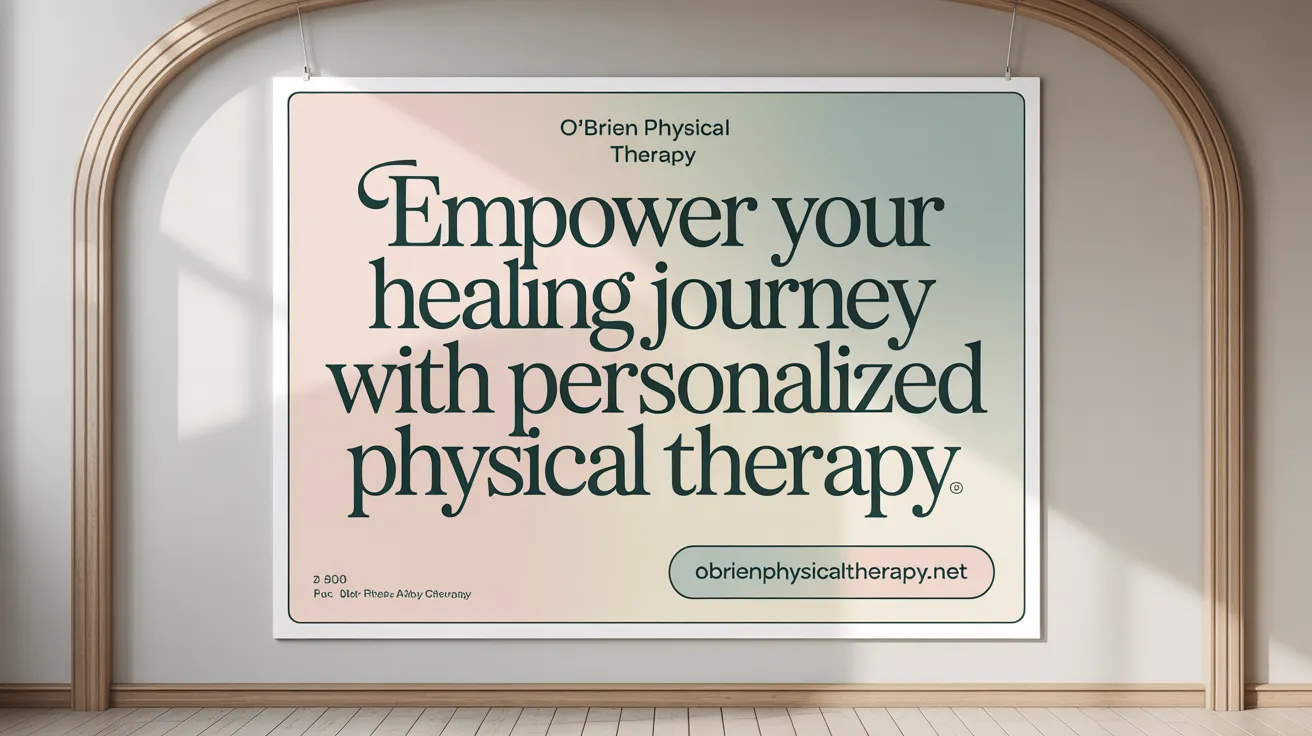Understanding the Truth Behind Physical Therapy
Physical therapy is a vital healthcare profession that many misunderstand. Despite being sought by over 50 million Americans annually, myths about what physical therapy involves, who it benefits, and how it works persist, often deterring individuals from seeking care. This article aims to clarify these misconceptions, provide an educational overview of physical therapy practices, and support informed decisions by debunking prevalent myths related to its benefits and procedures.
What Physical Therapy Really Is and How It Works
What is physical therapy and how does it work?
Physical therapy is a healthcare profession dedicated to helping people improve movement, reduce pain, and restore independence. Physical therapists are highly trained movement specialists who use a variety of approaches, including exercises, manual techniques, and physical modalities like heat, cold, or electrical stimulation.
Each patient receives a personalized plan tailored to their specific condition and goals. Therapists perform detailed assessments of mobility, strength, flexibility, and pain to create effective treatment strategies. The goal is not only to heal injuries but also to prevent future problems, enhance overall well-being, and promote active lifestyles.
Physical therapy addresses a broad spectrum of issues—from musculoskeletal injuries and post-surgical recovery to neurological conditions and chronic diseases. It is typically delivered in outpatient clinics, hospitals, or even through home visits and telehealth platforms. When provided by licensed professionals, it is a safe, evidence-based approach that supports recovery and long-term health.
Role of physical therapists as movement specialists
Physical therapists are more than just providers of massage or passive treatments. They are movement experts who help patients manage pain, regain mobility, and continue engaging in daily activities they love. Their advanced training, often culminating in a doctorate degree, equips them to diagnose conditions accurately and tailor treatments precisely.
In addition to treating injuries, they help with issues like balance problems, dizziness, neurological disorders, and chronic pain conditions such as headaches or arthritis. Many patients find therapy less painful than expected, and the focus remains on safe, gradual improvement.
Techniques used in physical therapy
Therapists employ a range of techniques, including manual therapy, targeted exercises, dry needling, blood flow restriction therapy, and electrotherapy, among others. These techniques are customized to the patient’s needs and capacity, ensuring safe progress.
Active participation from patients is crucial for success. Therapists guide them through exercises designed to improve strength, flexibility, and endurance, often encouraging continuation at home to reinforce progress. This active approach contrasts with passive treatments such as heat or massage alone.
Conditions treated beyond injuries
While injuries like sprains and fractures are common reasons for seeking PT, its scope extends far beyond. Physical therapy can help manage chronic conditions such as arthritis, neurological disorders, long COVID, and even issues like pelvic floor dysfunction and vertigo.
It plays a vital role in preventing falls among older adults, improving balance, and reducing fall risk. Additionally, PT can be an alternative or complement to surgery—for example, in rotator cuff tears or degenerative disk disease—sometimes providing as effective a solution without invasive procedures.
Settings where physical therapy is provided
Physical therapy services are available in various settings. Outpatient clinics are common, but inpatient hospital units, rehabilitation centers, nursing homes, and home health visits are also frequent options.
In some states like Illinois, individuals can access PT services directly without a referral, enabling quicker and easier intervention. Whether through direct access or with a physician’s order, physical therapy remains a versatile and accessible component of comprehensive healthcare.
Common Misconceptions About Physical Therapy

What are common misconceptions about physical therapy?
Many people hold false beliefs about what physical therapy entails. A common myth is that PT is only for professional athletes or immediate post-injury recovery, but in reality, it benefits a wide range of individuals, from children to seniors, managing everything from balance issues to chronic pain.
Some believe physical therapy involves only passive treatments like massage or heat, whereas it actually is primarily active, involving personalized exercises and manual techniques tailored to each patient’s specific needs. These active components are designed to improve mobility, reduce pain, and help patients regain independence.
Another misconception is that a doctor’s referral is mandatory for treatment. However, in most states including Illinois and Wisconsin, patients can access physical therapy directly without a referral, allowing for earlier intervention.
Many also assume that PT is extremely painful or that pain during treatment indicates worsening injury. In truth, pain should be minimized and may sometimes be muscular soreness rather than harm.
There is also a mistaken belief that physical therapy is not covered by insurance or that it’s prohibitively costly. On the contrary, most insurance plans do cover some type of PT benefit, making it an accessible and cost-effective option that can even prevent more expensive procedures later.
In summary, physical therapy is a comprehensive, evidence-based approach suitable for a broad spectrum of health conditions, emphasizing active participation and personalized care. Recognizing these myths can encourage more people to seek the benefits of this versatile healthcare service.
Debunking Key Myths About Physical Therapy

Is physical therapy painful — myth busted?
Many people hesitate to start physical therapy because they fear it will be painful. However, therapy is often focused on reducing pain and improving mobility. Any discomfort experienced during sessions typically consists of Muscular soreness rather than worsening injury. Therapists tailor treatments to keep pain within patient comfort levels. The goal is healing and strengthening, not causing further pain.
Is a referral required to see a physical therapist — incorrect?
In most states, you can access physical therapy directly without a physician’s referral. This process, known as direct access, allows patients to seek evaluation and treatment promptly, often leading to quicker relief. While some insurance plans may still require a referral, numerous jurisdictions promote self-referral to enhance timely care.
Is physical therapy only for severe injuries or post-surgical recovery?
Many assume PT is solely for serious injuries or after surgeries. On the contrary, it supports a wide array of conditions, from minor aches and chronic pain to balance issues and neurological disorders. It helps prevent injuries, manage arthritis, improve daily function, and enhance overall well-being.
Is physical therapy just passive massage or heat treatments?
Wrong again. Physical therapy involves active participation through targeted exercises and manual techniques designed to restore movement and reduce pain. While some modalities like massage or heat may be used, they are part of a comprehensive, personalized plan that emphasizes active engagement.
Do insurance coverage and costs pose barriers?
Most insurance plans include some coverage for physical therapy, making it an accessible and cost-effective option. Proper evaluation and treatment can often prevent costlier procedures later, such as surgery or extensive medication. Understanding your policy and benefits can help you utilize physical therapy without financial concerns.
These myths can hinder individuals from seeking effective treatments that improve quality of life. The reality is that physical therapy is a safe, versatile, and evidence-based approach to health that benefits people of all ages and conditions.
Physical Therapy’s Role in Managing Back Pain

How does physical therapy help in managing back pain?
Physical therapy offers a comprehensive approach to alleviating back pain by focusing on strengthening the muscles that support the spine, which helps reduce strain and prevent future episodes. Therapists evaluate individual posture and movement patterns and develop tailored exercise programs that include core-strengthening, lumbar stabilization, and gentle aerobic activities. These exercises improve flexibility and promote healthy circulation, which is essential for healing.
In addition to exercises, manual therapy techniques such as massage, spinal mobilizations, or manipulations help relieve stiffness and discomfort. Modalities like electrical stimulation or dry needling may also be used to reduce pain and improve tissue circulation.
Patient education plays a vital role. Therapists teach proper body mechanics, posture correction, and ergonomic adjustments to reduce stress on the back during daily activities. Activity modifications and guidance on safe movements help prevent re-injury. These interventions aim not just to manage pain but also to restore mobility and function, often making surgery unnecessary.
Overall, physical therapy acts as an effective non-invasive solution, reducing pain, enhancing movement, and encouraging a return to normal activities without reliance on medications or surgery.
Effectiveness of Physical Therapy for Arthritis Management

Can physical therapy be effective for arthritis?
Yes, physical therapy can be highly effective for managing arthritis. It helps improve joint mobility, increase muscle strength around affected joints, and enhance overall function, making daily activities easier.
Physical therapists create customized exercise plans that target flexibility, stability, and proper body mechanics. They may also incorporate heat or cold therapy, massage, and assistive devices to support joint health.
A primary goal of PT in arthritis treatment is to reduce pain and prevent further joint damage, which can delay or even avoid the need for surgery.
Patients often find that regular physical therapy improves their quality of life, boosts confidence in movement, and reduces discomfort. The therapies are tailored to individual needs, ensuring safe and effective results.
Incorporating physical therapy into an arthritis management strategy offers a proactive approach to maintaining mobility and minimizing symptoms over time.
How Physical Therapy Empowers Informed Treatment Decisions

How does physical therapy support informed decision-making regarding treatments?
Physical therapy plays a vital role in helping patients understand their health conditions and available treatment options. Therapists provide thorough education about diagnoses, expected outcomes, and potential risks, allowing patients to actively participate in planning their care.
A comprehensive assessment helps therapists identify specific issues such as muscle weaknesses, joint misalignments, or imbalances. Based on this evaluation, they develop customized treatment plans tailored to each individual’s needs. This personalized approach ensures that patients understand the reasoning behind recommended exercises, manual therapies, and lifestyle modifications.
Self-management is a core aspect of physical therapy. Therapists teach proper movement techniques, pain management strategies, and exercises that patients can perform at home. This knowledge builds confidence and encourages active involvement in recovery, making patients more aware of how daily activities affect their health.
Furthermore, education on injury prevention and maintenance of mobility helps patients make informed decisions about ongoing self-care, potentially reducing the need for future interventions. Through this collaborative process, patients gain a sense of control over their health and are empowered to choose the most appropriate actions for their well-being.
In summary, physical therapy fosters an environment of transparency and education, enabling patients to better understand their conditions and participate meaningfully in their treatment journey. This approach enhances adherence, satisfaction, and ultimately, the effectiveness of care, leading to improved long-term health.
Dispelling Myths for Better Health Outcomes
Understanding the realities of physical therapy is crucial to appreciating its broad benefits beyond common misconceptions. It is a scientifically grounded, personalized healthcare approach that addresses a wide range of conditions, supports pain reduction, mobility improvement, and injury prevention, and empowers patients to actively participate in their recovery. By debunking myths about pain, cost, referrals, and scope, individuals can make well-informed decisions about their health and embrace physical therapy as a valuable tool for improved quality of life and long-term wellness.
References
- Physical therapy: Myths vs. reality - Harvard Health
- Health Tips | 7 Myths About Physical Therapy
- 9 Common Myths About Physical Therapy
- Physical Therapy: 10 Surprising Misconceptions
- Debunking the Myths of Physical Therapy
- Debunking Common Myths About Physical Therapy | Physio
- 8 Physical Therapy Myths and Misconceptions Busted
- Physical Therapy Myths – Debunked!
- Don't Believe These Myths About ...
- Health Tips | 7 Myths About Physical Therapy
